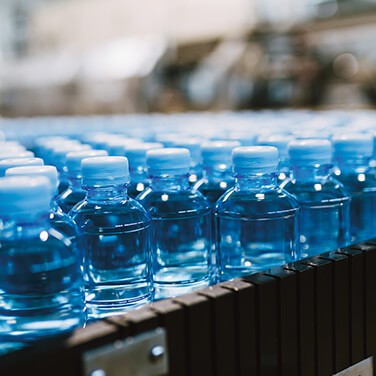The BPA Controversy
By Nancy H. Pitts
The controversial safety status of BPA has long been the subject of a debate between academic scientists, industrial scientists, and regulators.
What Is BPA?
Bisphenol A, abbreviated as BPA, is a synthetic organic compound used as an ingredient in the production of polycarbonate and other plastics. BPA-containing polycarbonate has the attractive properties of being clear, tough, and shatter-resistant. It’s often used in food and beverage containers and liners.
Although the FDA has deemed BPA safe when consumed at very low levels, it’s hard to ignore two important facts:
- BPA leaches out of plastic into the content of the containers. It is released from the plastic significantly faster when it is used or exposed to high temperatures during cooking, food processing, dishwashing, and microwaving.
- When it is ingested, BPA mimics estrogens, binding to the same receptors as natural female hormones. (This was first documented in 1933. Studies to date have also shown that the human body does not retain BPA for long periods of time.)
BPA Is Ubiquitous
The carbon atoms found in organic compounds are key components of life on earth, and the use of organic compounds in manufacturing makes them a major part of daily life in the developed world. Due to the frequent use of polycarbonate containers, people are concerned about the BPA they’re ingesting and its effect on the human body, its endocrine, and other functional systems. Numerous studies of health and reproduction have demonstrated the presence of BPA in breast milk and urine. In fact, a 2003 study conducted by the CDC found detectable levels of BPA in 93% of 2,517 urine samples from people six years and older.
With concern mounting, the FDA banned the use of BPA in baby bottles, sippy cups, and infant formula packaging in 2012. Numerous states have gone further and banned BPA in other types of food and beverage containers.
In February 2018, the FDA released preliminary findings from a new and wide-ranging project on the health effects of BPA. In the press release, Stephen Ostroff, MD, Deputy Commissioner for Foods and Veterinary Medicine, stated, “Overall, the study found 'minimal effects' for the BPA-dosed groups of rodents” and “…our initial review supports our determination that currently authorized uses of BPA continue to be safe for consumers.” He said further study of the project’s findings is warranted. The final project report is scheduled for release in October 2018.
Endocrinologists and others in the medical research community describe the FDA’s preliminary pronouncement as premature. The BPA controversy is fueled by differing points of view among FDA, academic, and industrial scientists. At the tip of the opposing arguments are the test procedures, guidelines, and protocols that are used to conduct valid research. Generally, academic researchers feel that the provenance guidelines are outdated and do not recognize much more nuanced technology capabilities available for research today. Industry and the government follow “GLP,” or Good Laboratory Practice, protocols that have been in use for more than 40 years. Not surprisingly, academic researchers consider results from only GLP-based research to be "best in class," while less-scripted academic research results remain in second place or are disregarded.
As the controversy continues, you can try to avoid BPA by reducing your use of canned goods, buying BPA-free products, and heating or storing liquids and foods in glass, porcelain, or stainless-steel containers.
